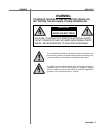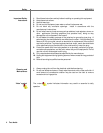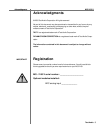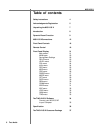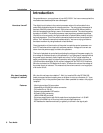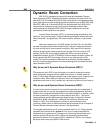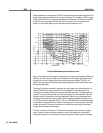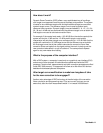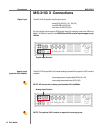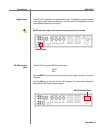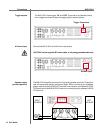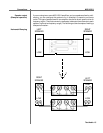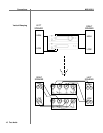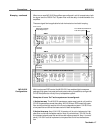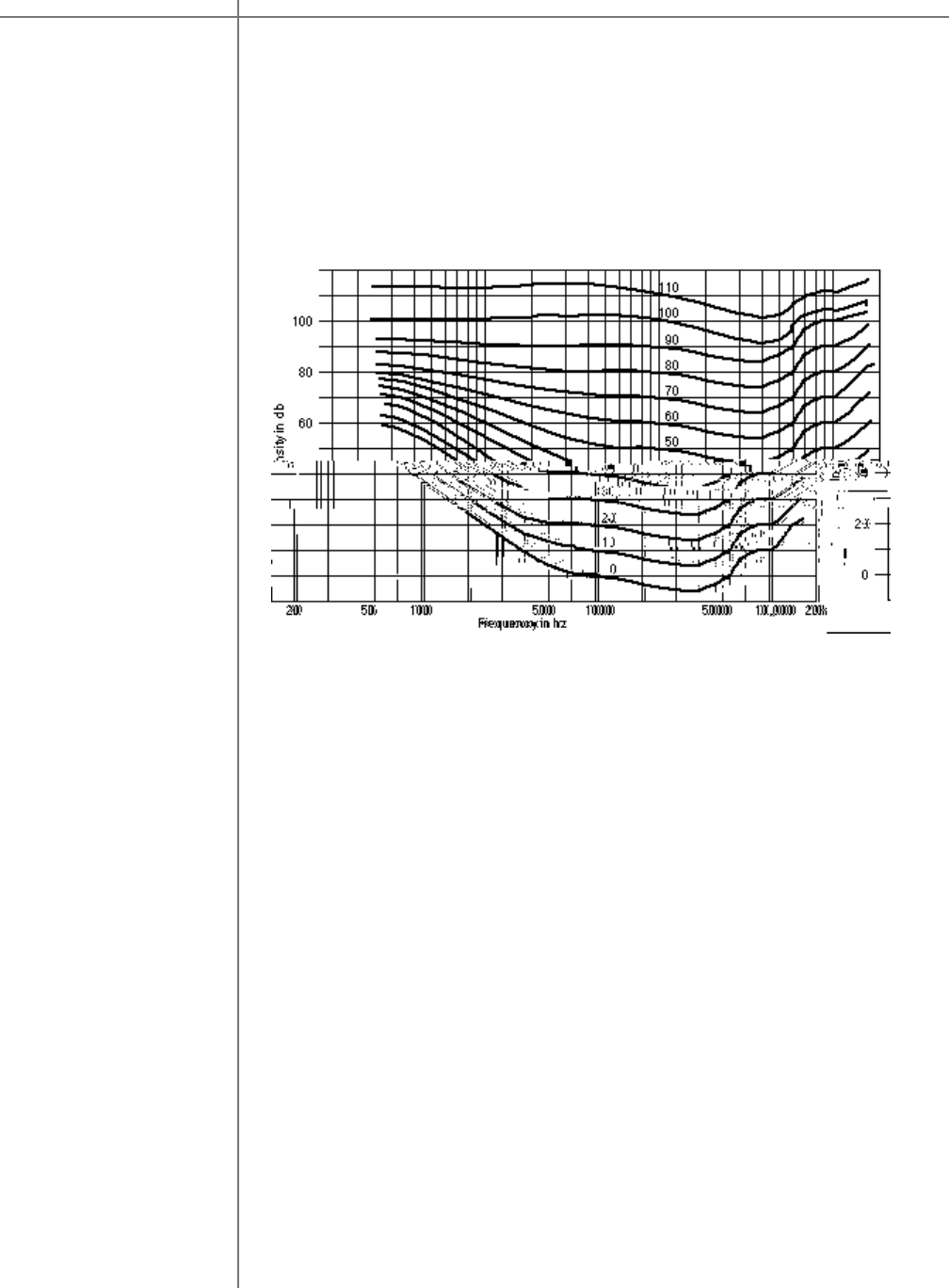
CAUTIONCAUTION
10 Tact Audio
M/S-2150 XDRC
Equal loudness curves represent the SPL that different frequencies need to have in
order to be perceived as two tones of equal loudness. For example, a 200 Hz tone
at SPL of 50 dB will have the same perceived loudness as a 1000 Hz tone at SPL
of 40 dB. In this case both 200 Hz and 1000 Hz tones have a loudness of 40
phons, and they both belong to the 40 phons equal loudness curve.
Fletcher-Munson equal loudness curves
As it can be seen from the graph, in comparison to frequencies between 2000 and
5000 Hz, it is intrinsically harder for us to hear very low frequencies (below a few
hundred Hz) and to a lesser extent very high frequencies (above 7000 Hz). At
higher listening levels this difference gradually becomes smaller and smaller and
curves become flatter.
Traditional Tact room correction systems use one target curve that allows for full
range 20-20,000 Hz room corrections. Once selected, the same target curve
(same set of correction filters) was used at all listening levels. This approach did
not take in account the fact that our sound perception, as described by Fletcher-
Munson curves, is frequency and level dependent. Many of our customers have
realized this fact and they have used the nine correction presets (available on all
our RCS products) to program 2.0 S, 2.2 X and TCS MKII with nine different target
curves each corresponding to a different listening level. In this way they were able
to take into account the equal loudness curve effect by switching to new target
curves as the master level changes.
Thus for a number of reasons it is clear that we need a room correction system
that will perform room acoustics correction and at the same time dynamically
change the target curve (correction filters) as the system listening level changes.




